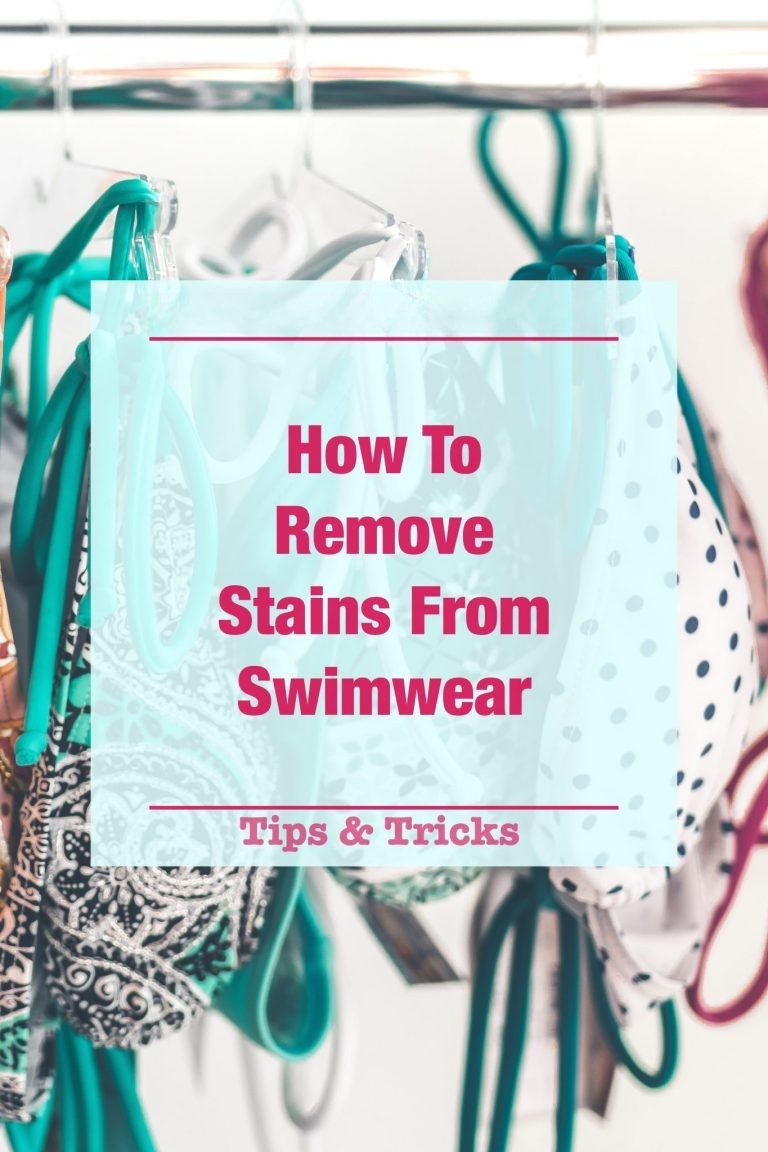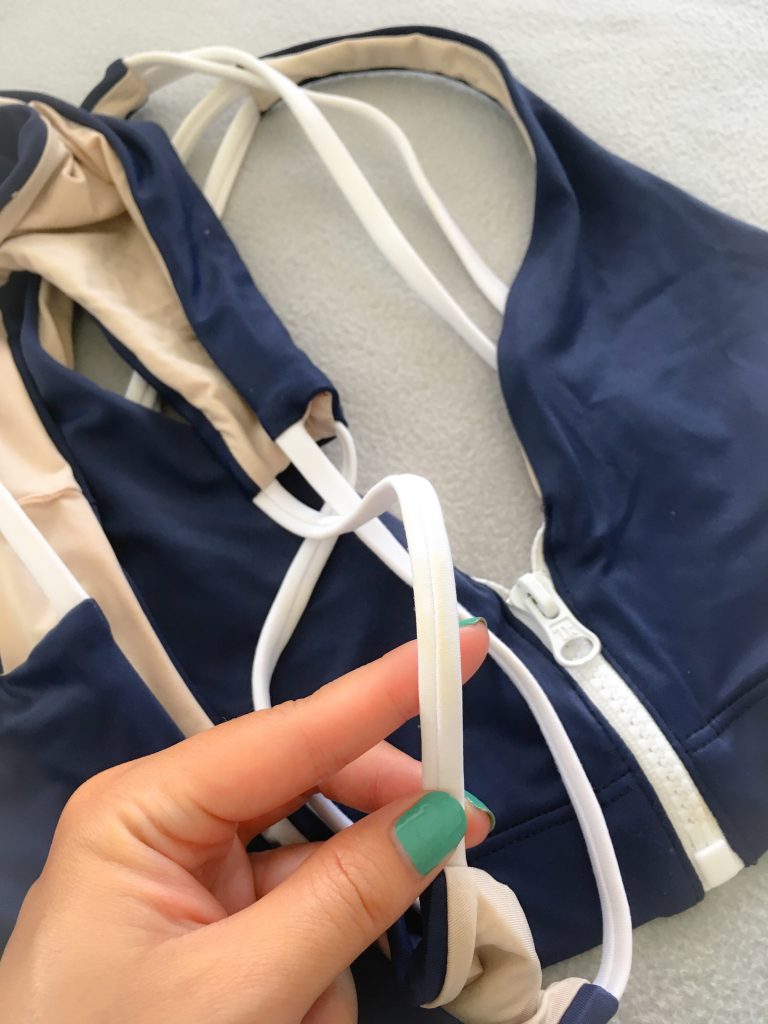Content Menu
● Introduction
● Understanding the Causes of Yellow Stains
● Immediate Care and Prevention
● Professional Stain Removal Methods
● Natural Remedies
● Maintenance Tips for Long-term Care
● Special Considerations for Different Fabrics
● Professional Cleaning Options
● Advanced Prevention Techniques
● Conclusion
● Frequently Asked Questions
>> 1. Q: What role does water temperature play in preventing yellow stains?
>> 2. Q: How can I tell if a yellow stain is permanent?
>> 3. Q: Are there specific detergents that work better for preventing yellow stains?
>> 4. Q: How often should I replace my swimwear to prevent staining issues?
>> 5. Q: Can different swimming environments affect staining differently?
Introduction
The preservation and maintenance of swimwear have become increasingly important as these garments represent significant investments in both fashion and functionality. Yellow stains, a common problem faced by swimmers and beachgoers worldwide, can significantly diminish the appearance and longevity of swimsuits. These discolorations often appear gradually, starting as subtle hints of yellowing before developing into more noticeable marks that can make even expensive swimwear look worn and aged. Understanding the complexity of this issue requires examining multiple factors, from the chemical composition of swimming pool water to the various environmental elements that contribute to staining. This comprehensive guide aims to provide detailed solutions and preventive measures, ensuring your swimwear maintains its original beauty and structural integrity throughout its lifetime.
Article: How To Get Yellow Out of Swimsuit?

Understanding the Causes of Yellow Stains
The formation of yellow stains on swimwear is a complex chemical process involving multiple contributing factors that work either independently or in conjunction with each other. Chlorine, widely used in swimming pools for sanitization, plays a significant role in this process by reacting with organic compounds present on the fabric. When chlorine molecules interact with body oils, sweat, and various skincare products, they create chemical bonds that manifest as yellowish discoloration. Additionally, the presence of minerals in pool water, particularly iron and copper, can lead to oxidation reactions that further contribute to staining. Sunscreen presents another significant challenge, as its protective compounds can become deeply embedded in fabric fibers, especially when exposed to heat and sunlight. Understanding these chemical interactions is crucial for developing effective treatment strategies and implementing preventive measures to protect swimwear from discoloration.
Immediate Care and Prevention
The implementation of proper immediate care procedures is paramount in preventing yellow stains from developing and becoming permanent fixtures on swimwear. This process begins the moment you exit the water and continues through the entire care cycle of your swimsuit. A comprehensive immediate care routine involves several critical steps that must be performed consistently. First, thoroughly rinse the swimsuit in cold, clean water immediately after use, ensuring that all chlorine, salt water, or other potentially harmful substances are removed from the fabric. This initial rinse should be done even if you haven't been in the water, as sweat and body oils can accumulate during regular wear. The rinsing process should be gentle but thorough, paying particular attention to areas that commonly accumulate residue, such as the elastic edges and areas with detailed stitching. Following the rinse, carefully squeeze out excess water without wringing or twisting the fabric, as these actions can damage the elastic fibers and compromise the swimsuit's shape retention properties.

Professional Stain Removal Methods
Professional stain removal techniques represent the most effective and scientifically-proven approaches to eliminating yellow discoloration from swimwear. These methods have been developed through extensive research and testing, taking into account the various fabric types and dye compositions commonly used in swimwear manufacturing. The vinegar solution treatment, for instance, works by utilizing the mild acidic properties of white vinegar to break down mineral deposits and neutralize chlorine compounds that contribute to yellowing. This method requires precise measurements and timing to achieve optimal results without damaging the fabric. Similarly, specialized commercial stain removers are formulated with specific chemical compounds designed to target yellow stains while preserving the integrity of the swimsuit's materials. These products often contain enzymes that break down organic matter and surfactants that help lift stains from the fabric fibers. The application process must be carefully controlled, with attention paid to fabric type, stain severity, and treatment duration to ensure effective results without causing damage to the garment.
Natural Remedies
Natural remedies offer an environmentally friendly and gentle approach to treating yellow stains on swimwear, utilizing ingredients that are readily available in most households. The effectiveness of these solutions lies in their natural chemical properties and their ability to work with different fabric types without causing damage. Lemon juice, for example, contains citric acid, which acts as a natural bleaching agent and can effectively break down mineral deposits and organic stains. When applying lemon juice treatment, it's essential to understand the proper concentration and application methods to achieve optimal results. The process involves creating a solution with the right balance of lemon juice and water, applying it strategically to stained areas, and allowing sufficient time for the citric acid to work on the discoloration. Similarly, baking soda's alkaline properties make it effective in neutralizing acidic compounds while providing gentle abrasive action that can help lift stains from fabric fibers. The key to success with natural remedies lies in understanding the chemical principles behind each treatment and applying them correctly to achieve the desired results without compromising the fabric's integrity.
Maintenance Tips for Long-term Care
The implementation of a comprehensive maintenance routine is crucial for ensuring the longevity and appearance of swimwear. Long-term care involves more than just regular cleaning; it requires a systematic approach to handling, storing, and maintaining the garment throughout its lifecycle. A proper maintenance routine begins with understanding the specific care requirements of your swimwear's fabric composition. Different materials respond differently to various environmental factors and cleaning methods. For instance, spandex-based materials require gentle handling and specific temperature controls to maintain their elasticity, while polyester blends might be more resilient but still need protection from harsh chemicals and excessive sun exposure. Regular inspection of seams, elastic components, and areas prone to wear helps identify potential issues before they become significant problems. Additionally, implementing a rotation system between multiple swimsuits can significantly extend their lifespan by allowing adequate recovery time between uses and reducing the frequency of exposure to harsh pool chemicals and environmental stressors.
Special Considerations for Different Fabrics
Understanding the unique characteristics and care requirements of different swimwear materials is essential for maintaining their quality and preventing yellow stains. Each fabric type presents its own set of challenges and requires specific care approaches. Spandex and Lycra, commonly used in performance swimwear, are highly susceptible to chlorine damage and require immediate rinsing after exposure to pool water. These elasticized materials need gentle handling during washing and should never be exposed to high temperatures or harsh detergents, as these can break down the fiber structure and accelerate yellowing. Nylon swimwear, while more durable, can still develop yellow stains if not properly cared for. The synthetic fibers in nylon can trap chemicals and body oils, making thorough cleaning essential. Polyester blends offer greater resistance to chlorine but can still develop discoloration from sunscreen and body oils. Understanding these material-specific vulnerabilities allows for the development of targeted care routines that address each fabric's unique needs while maintaining its structural integrity and appearance.
Professional Cleaning Options
When dealing with particularly stubborn yellow stains or valuable swimwear pieces, professional cleaning services offer specialized expertise and advanced treatment methods. Professional cleaners possess the knowledge, equipment, and specialized products necessary to address challenging stains while preserving the fabric's integrity. These services typically begin with a thorough assessment of the garment's material composition and the nature of the staining, followed by the selection of appropriate cleaning methods and products. Professional cleaners use advanced techniques such as controlled temperature washing, specialized stain removal agents, and proper drying methods that maintain the garment's shape and elasticity. They may also apply protective treatments that help prevent future staining and extend the life of the swimwear. For designer pieces or vintage swimwear, professional cleaning becomes particularly important as these items often require extra care and attention to maintain their value and appearance.
Advanced Prevention Techniques
Implementing advanced prevention techniques can significantly reduce the likelihood of yellow stains developing on swimwear. This comprehensive approach involves understanding and controlling various environmental factors that contribute to staining. One crucial aspect is the proper application of sunscreen, which should be allowed to fully absorb into the skin before putting on swimwear. Using water-resistant, non-greasy sunscreen formulations can help minimize the transfer of oils onto the fabric. Another important preventive measure is the use of protective swimwear solutions, which create a barrier between the fabric and harmful chemicals. These solutions can be applied before swimming and help repel chlorine, minerals, and other staining agents. Additionally, understanding water chemistry and its effects on different fabric types can help in choosing appropriate swimming environments and taking necessary precautions when exposed to different water conditions.
Conclusion
The successful prevention and removal of yellow stains from swimwear requires a multifaceted approach combining immediate care, regular maintenance, and appropriate cleaning techniques. By understanding the various causes of yellowing and implementing proper care routines, swimmers can significantly extend the life and maintain the appearance of their swimwear. The key to success lies in being proactive with care procedures and responding quickly to any signs of staining. Whether using natural remedies, professional services, or specialized cleaning products, the goal is to maintain the integrity of the fabric while effectively addressing discoloration issues.
Frequently Asked Questions
1. Q: What role does water temperature play in preventing yellow stains?
A: Water temperature is crucial in swimwear care. Cold water is always preferred as it helps prevent fiber breakdown and maintains elasticity while hot water can set stains and damage the fabric structure.
2. Q: How can I tell if a yellow stain is permanent?
A: If a stain persists after multiple gentle cleaning attempts using appropriate methods, and shows no signs of fading, it may be permanent. Professional assessment can help determine if further treatment is possible.
3. Q: Are there specific detergents that work better for preventing yellow stains?
A: Yes, specialized swimwear detergents are formulated to remove chlorine, minerals, and body oils while protecting the fabric. Look for products specifically designed for synthetic fibers and avoid regular laundry detergents.
4. Q: How often should I replace my swimwear to prevent staining issues?
A: With proper care, quality swimwear should last 1-2 seasons of regular use. However, if you notice significant elasticity loss or persistent staining, it's time to replace the garment.
5. Q: Can different swimming environments affect staining differently?
A: Yes, chlorinated pools, saltwater, and natural bodies of water each present different challenges. Chlorinated pools typically cause the most yellowing, while saltwater can leave mineral deposits that contribute to discoloration.
This comprehensive guide provides the necessary information and techniques for maintaining swimwear in optimal condition and addressing the common issue of yellow staining. By following these guidelines and implementing appropriate care routines, swimmers can enjoy their swimwear for longer periods while maintaining its original appearance and quality.



































